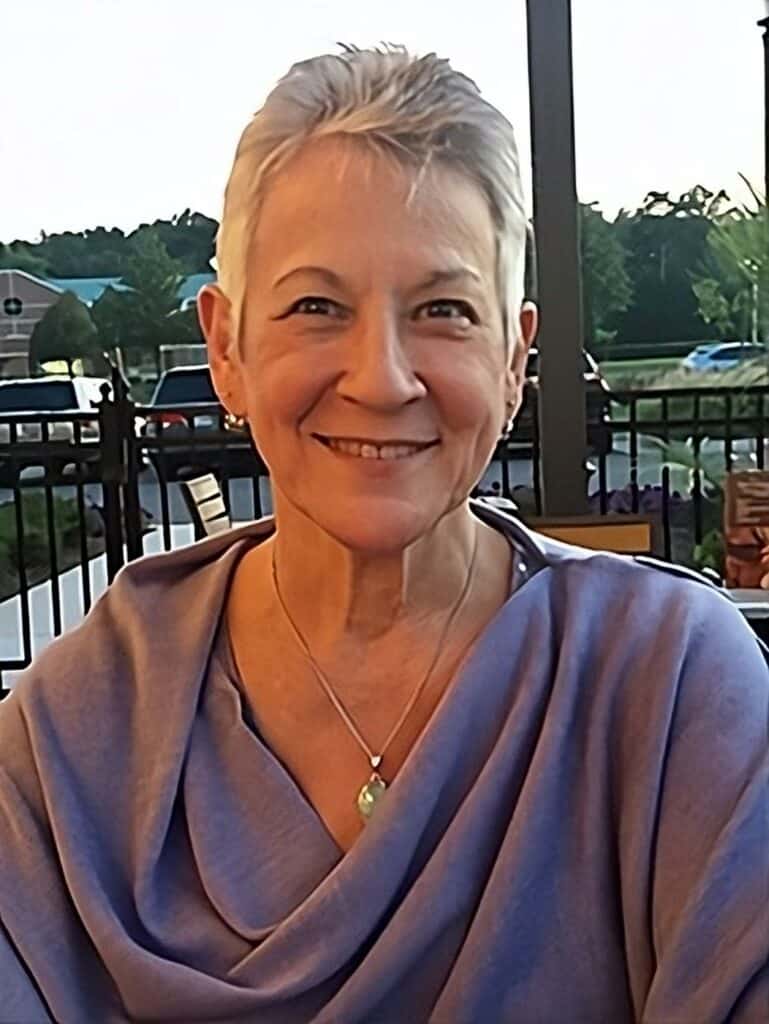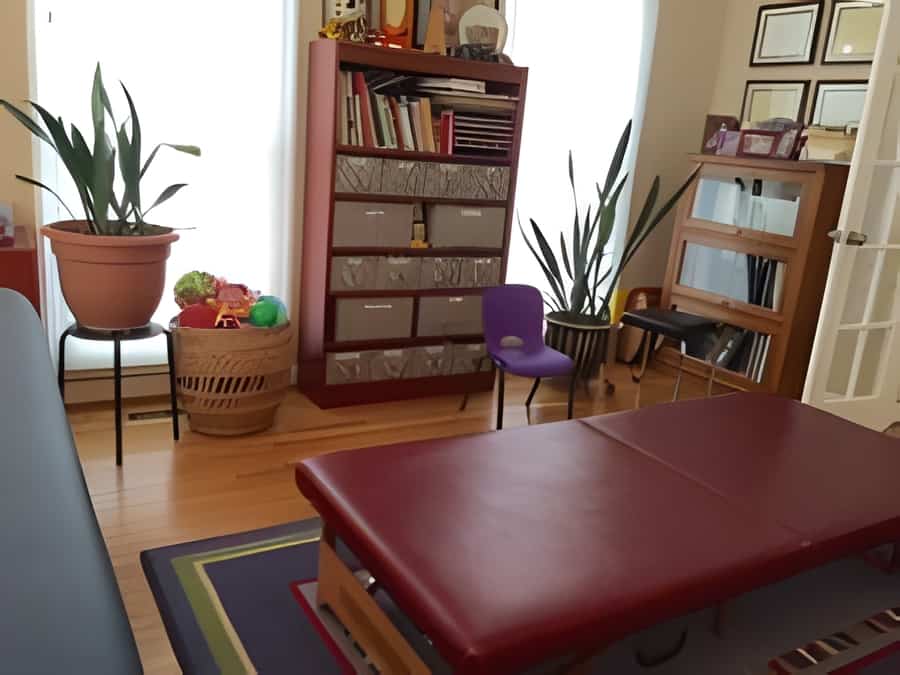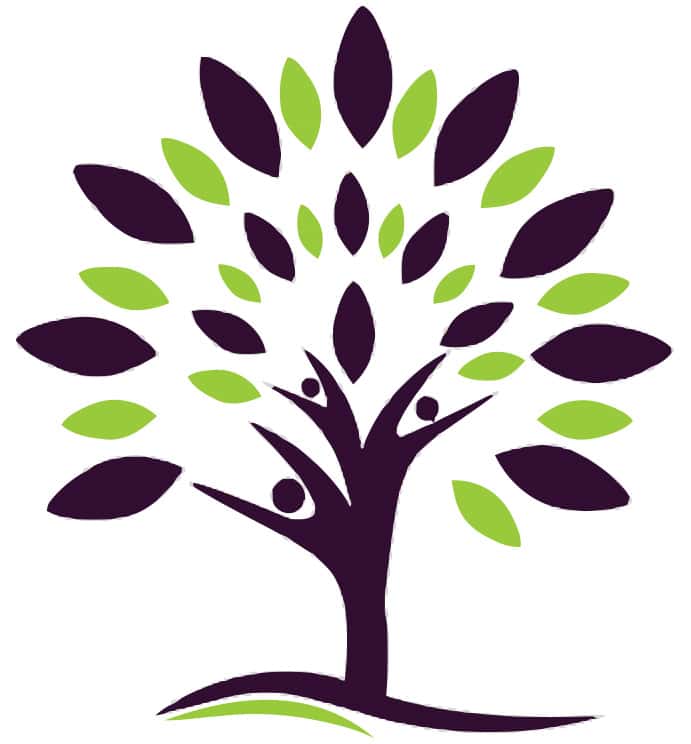About




Expert Pediatric Physical Therapist
Carla’s experience is diverse, including developmental follow-up of babies who were in NICU, institutionalized children with very severe involvement, children in special schools or public schools, hospital pediatric rehab, and children with more mild difficulties from injuries or just individual differences such as being on the autism spectrum.
Her strategies have been completely transformed by over 40 years as a Feldenkrais Method® practitioner, over 20 years mastering the Anat Baniel Method® (ABM), and over 5 transformative years as an Anat Baniel NeuroMovement Method® Trainer. Carla’s dedication to children with special needs is not just her profession—it’s her passion.
Sterling, VA
(703) 598-3168
The Movement To Wholeness Approach
The quest to unlock human potential is a calling that has guided Carla’s life and work for over five decades. Through years of higher education, clinical practice, and an unwavering dedication to personal growth, Carla has dedicated her life to mastering pioneering neurodevelopmental methods from luminaries like Moshe Feldenkrais, Magda Gerber, Anat Baniel, and Chava Shelhav. But she didn’t just study these approaches, she internalized them at the deepest levels.
Movement to Wholeness, founded in 1997, embodies Carla’s most profound healing insights. It’s a sanctuary where children are seen, not for their limitations, but for their vast, untapped potential.
By guiding children through subtly attuned movements, engaged sensing, and nurturing problem-solving skills, Carla opens doors to neural reformatting. Limitations, physical and cognitive, aren’t solidified – they are fluid
What sets Carla apart is her sensitivity, her ability to attune to each child’s inherent interests and learning proclivities. Working in harmony with a child’s inner guidance system, she designs individualized lessons to rebuild neurological connections from the ground up.
Watching children blossom from learned movements into expansive new cognitive, emotional, and social capacities is Carla’s greatest joy. She’s witnessed “irreversible” conditions reversed through neuroplasticity.
For parents who feel like they’ve tried every conventional therapy under the sun with little progress, Carla’s approach can be a revelation. Finally, their child is being seen for the well of potential they hold, not just their challenges. And Carla treats parents as partners, coaching them with tools to nurture their child’s development every day.
Carla’s work reaches the professional vanguard, as well. As a former trainer in the Anat Baniel Method’s Professional Training Program, and a sought-after presenter, she’s helping shape the wider field. Her insights have impacted thousands of practitioners working to elevate the human condition across the globe.
Short Session Highlights
Guiding with the Upsee Mobility Hardness
Improving In and Out of Chair
Variations & Flexibility of Hip Movement
Client Feedback
Had a first visit today with my son. Carla is a wealth of holistic knowledge, kind, passionate, and gentle. She listens to you and the body. I did not know about her or her services until 2 days ago. She speaks the same language I do as it relates to health. The best part… when my son said “I feel better with this visit than anything else I’ve done”. He has traumatic injury with pain and has had traditional physical therapy, massage therapy, cold laser treatment, and craniosacral therapy. Not to say none of these modalities helped to some degree. However, Carla’s work brought a sense of mobility he’s not felt in just over 1 year!
After her very first session with Carla, we saw positive changes in our daughter that over a year of traditional physical therapy had not achieved, and she has continued to enjoy consistent progress since! We found ABM to be the best fit for our daughter not only because of its efficacy, but also because of the gentle and child guided nature of the therapy. Our daughter loves her sessions with Carla and is experiencing a level of ease and pleasure and movement that we never thought possible.
Carla is a warm, thoughtful and generous human being, the kind that every parent of a special needs child hopes to encounter in their family's journey. She has always been willing to share her knowledge and experience, not only as an ABM practitioner but also as a mom, and that has made her an invaluable resource for my family.
